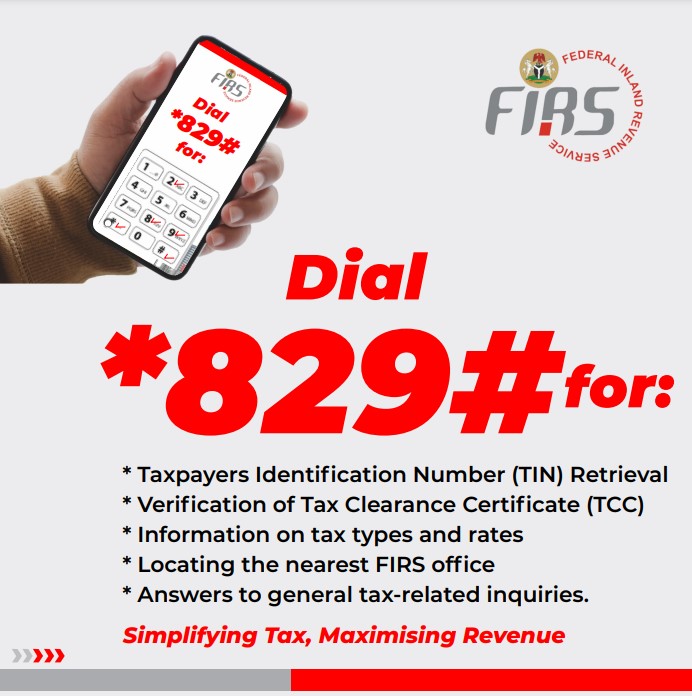News
Bank fraud is on the rise — here are 4 ways to protect your account
Bank fraud is on the rise — here are 4 ways to protect your account
One of the scariest things about internet fraud is knowing that someone could hack your bank account if they happen to get a hold of certain personal information. It’s only natural, then, to wonder about how to protect your bank account from fraud.
Bank account fraud happens, and it can mean the difference between you keeping your hard-earned money and seeing it vanish. Bank fraud attacks increased 159 percent over the past year, according to an analysis of 12 billion global transactions over the past year by risk management platform Feedzai, making this a very real risk.
Luckily, you don’t have to just hope you’ll avoid getting scammed. Signing up for a password manager like LastPass Premium can help ensure that you create a strong enough password — and remember it — so that bank account fraud won’t be an issue (but more on that later). Here’s what you need to know about bank account scams and how to protect your account.
What is bank account fraud?
At a basic level, banking scams involve someone attempting to access your account, according to USA.gov. That’s generally broken into four categories:
- Overpayment scams. This is when a scam artist sends you a counterfeit check. They then tell you to deposit it in your bank account and then wire part of the money back to them. The check is fake, and you’ll have to pay your bank the amount — and you’ll lose any money you wired.
- Unsolicited check fraud. If you cash a check from a scammer that you received for no reason, you could be accidentally authorizing the purchase of goods or signing up for a loan you didn’t ask for.
- Automatic withdrawals. A scammer can create automatic debits from your account to qualify you for a free trial or to collect a prize.
- Phishing. This is when a scam artist sends an email asking you to verify your bank account or debit card number.
If you use the same login across multiple accounts, it’s also possible for a hacker to access your bank account if they happen to get your password from another site.
How to protect your bank account from fraud
Mikko Laaksonen, chief executive officer of Responsible Cyber, tells Yahoo Life that protecting your bank account from fraud can be “slightly overwhelming,” adding: “You need to ensure that you can limit the risks of being compromised.” There are a few things you can do, though, to protect your bank account from fraud.
Create a strong password
A strong password is vital to protecting your information, Joseph Steinberg, cybersecurity and emerging technologies advisor, tells Yahoo Life. “Do not share the password with anyone,” he cautions.
Trying to memorize passwords for your personal email, social media, bank, and credit card accounts, not to mention your work accounts, is a little much. And, if you try to change them regularly, you risk forgetting your passwords. “Realistically, overly frequent changing of passwords, therefore, leads to people using weaker passwords, writing down passwords, and/or inappropriately reusing passwords,” Steinberg says. “So, create strong, easy-to-remember passwords — not the complex ones that humans cannot remember – and commit them to memory.”
His advice: Combine three or more unrelated words and proper nouns with numbers separating them. An example: “alicorn4louvre3chocolate.” “Such a password is far easier to remember than classic complex passwords such as ‘2zw4x&P!6q,’” Steinberg says.
Use a password manager
Having trouble creating stronger passwords or remembering them all if you do? A password manager like LastPass Premium can help you create unique passwords for every single account you have — from your credit card accounts to your email. This helps you bypass the general advice to change up your passwords regularly. “People living in the industrialized world of 2021 have far too many passwords to important accounts to change all of them on a regular basis and still commit the passwords to memory,” Steinberg says.
The LastPass Premium password generator creates long, randomized and secure passwords to help guard against online security threats. It stores the passwords securely across all of your devices, so you don’t have to remember your password.
Set up two-factor authentication
Two-factor authentication — also known as multi-factor authentication — is an extra layer of security to make sure that only you can access your accounts. To use it, you’ll need to provide two or more pieces of information to get into an account. Two-factor authentication “should be set up everywhere on your accounts — LinkedIn, Hotmail, Yahoo, Gmail…wherever you have a login,” Laaksonen says.
Use monitoring on your accounts
Many accounts let you set up monitoring and alerts, so that you’ll be pinged if someone tries to access your information. Laaksonen recommends taking advantage of this feature. “If someone logs in, you will get notified,” he says. That can help you act fast in the event that your information has been compromised.
-YAHOO.


 Top Stories13 hours ago
Top Stories13 hours agoTinubu’s Aide Condemns Plan To Reinstall ‘Jesus Is Not God’ Banner In Lekki Mosque

 Top Stories8 hours ago
Top Stories8 hours agoBreaking: FIRS Announces Fresh Recruitment, See Eligibility Criteria, Application Deadline

 News13 hours ago
News13 hours agoPetrol To Sell ₦935/Litre From Today – IPMAN

 Top Stories13 hours ago
Top Stories13 hours ago2025 Budget Cannot Address Nigeria’s Economic Challenges – Atiku

 Top Stories10 hours ago
Top Stories10 hours agoPrimate Ayodele’s Prophecies For 2025

 Entertainment13 hours ago
Entertainment13 hours agoI will be more influential in Nigeria than UK – Tobi Adegboyega

 News13 hours ago
News13 hours agoPresident Tinubu’s reforms not responsible for food stampedes – FG








